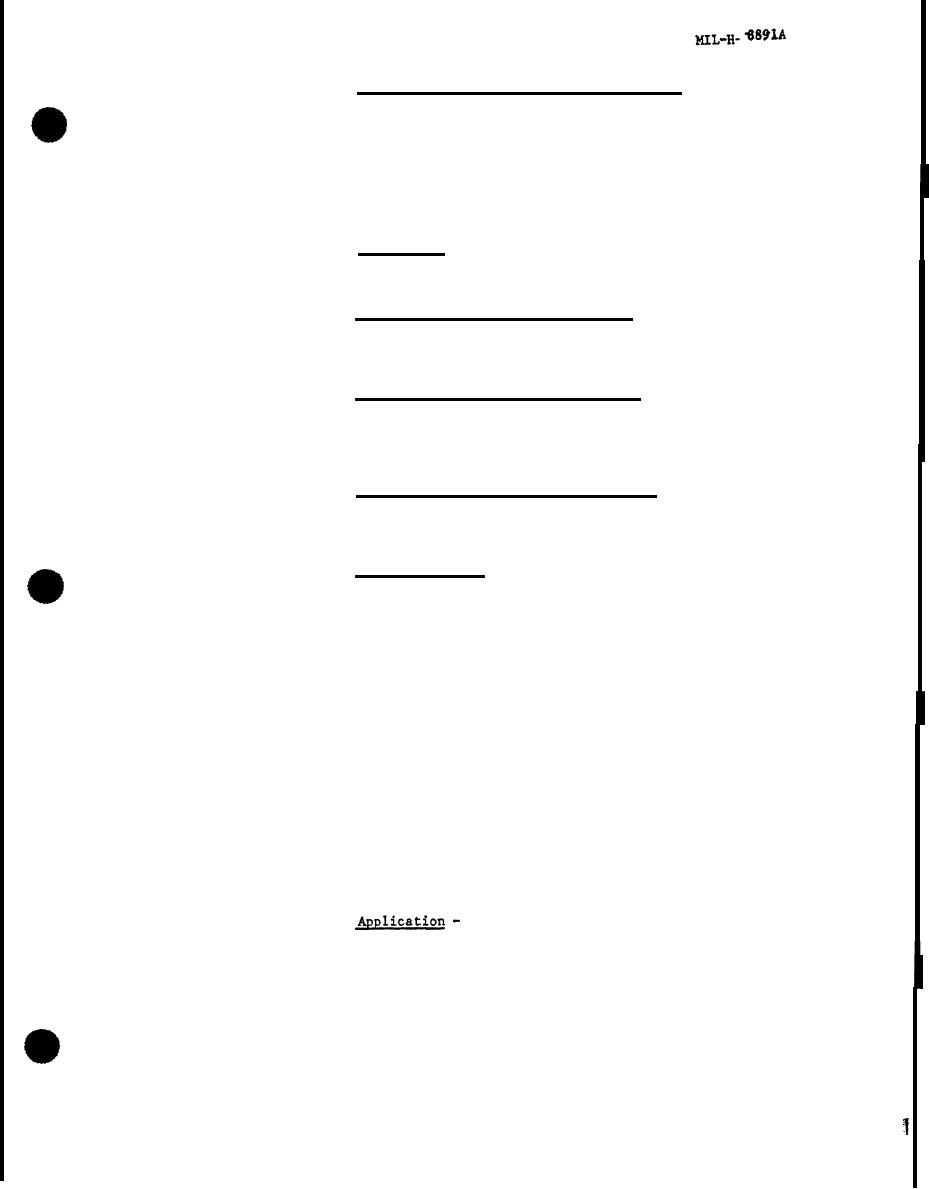 |
|||
|
Page Title:
Flight-control system design requirements |
|
||
| ||||||||||
|
|  Flight-control system design requirements - Flight-control
3.7
systems which require hydraulic power for operation shall conform to MIL-F-9490
for Air Force or MIL-F-18372 for Navy, as applicable. In dual flight-control
systems, both systems shall be so designed that a ground test stand may be
connected to either one of the flight-control systems and that system may be
operated without adverse effect on the dead system, such as overflow of the
system or failure of any part thereof. In order to accomplish this objective,
automatic bypass of the fluid in the dead system from one side of the actuator
to the other side shall be provided.
Definitions - Primary flight controls include those con-
3.7.1
trol systems used to operate primary vehicle control surfaces such as ailerons,
rudders, elevators, stabilizers, or combined function surfaces.
Power-boosted flight-control system - A power-boosted
3.7.1.1
flight-control system is a reversible control system wherein the pilot effort,
which is exerted through a set of mechanical linkages, is at some point in
these linkages boosted by a hydraulic power source.
Power-operated flight-control system - A power-operated
3.7.1.2
flight-control system is an irreversible control system wherein the pilot,
either electrically or mechanically} actuates a power-control servomechanism.
This mechanism actuates the primary control surface or corresponding device.
A system of this type may have electrical or electronic pilot input modes.
Combined flight-control/utility system - A combined
3,7.1,3
flight-control/utility system (combined system) is a system that supplies a
portion of the power required to operate the flight-control system and also
supplies power to the utility system.
System isolation - Whenever hydraulic power is required
3,7.1.3.1
for primary flight controls, a completely separate, integral, and adequate
hydraulic system shall be provided to supply only the primary flight controls.
This hydraulic system shall not be used to supply any other system or com-
ponent in the vehicle, unless approval is obtained from the procuring activity.
This hydraulic system shall be as simple as practicable and shall contain a
minimum number of components. Dual actuator systems may employ the combined
flight-control/utility system for one-half of the power, in which case the
flight-control system shall be given pressure priority by means of a suitable
valve. In addition, the combined flight-control/utility system shall be so
designed that the portions of the system required for operation only during .
the takeoff and landing phases of flight (e.g., landing gear or wing flaps)
may be isolated from the rest of the system by means of a suitable shutoff
valve in the pressure line, controllable from the cockpit, and check valves
in the return lines so located that a rupture in any portion of the utility
system will not cause loss of fluid from the reservoir when the system isola-
tion valve is closed. When isolation valves are used in a combined flight-
control/utility system to isolate nonessential flight functions the system
shall be designed to preclude inadvertent isolation, during taxi or ground
operation, that would result in loss of wheel braking, nose-gear steering,
or other critical functions.
The general requirements of 3.5 and SUb-
3.7.2
paragraphs thereto apply to the flight control system. For flight control
operational state classifications refer to MIL-F-9490 and MIL-F-18372.
17
|
|
Privacy Statement - Press Release - Copyright Information. - Contact Us |